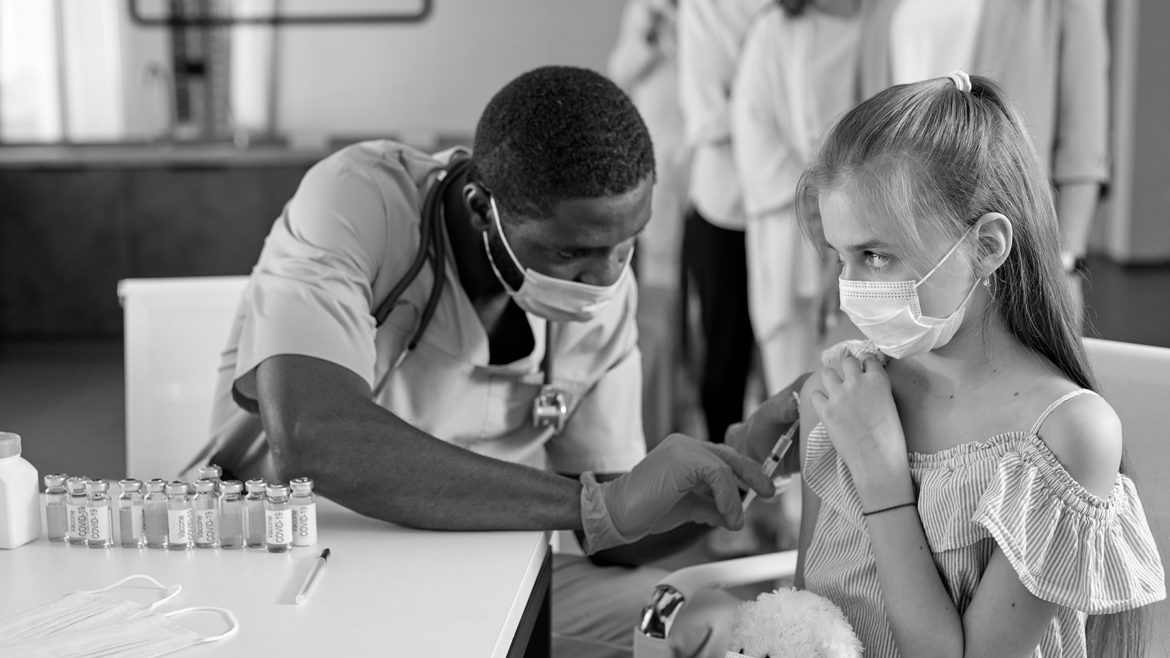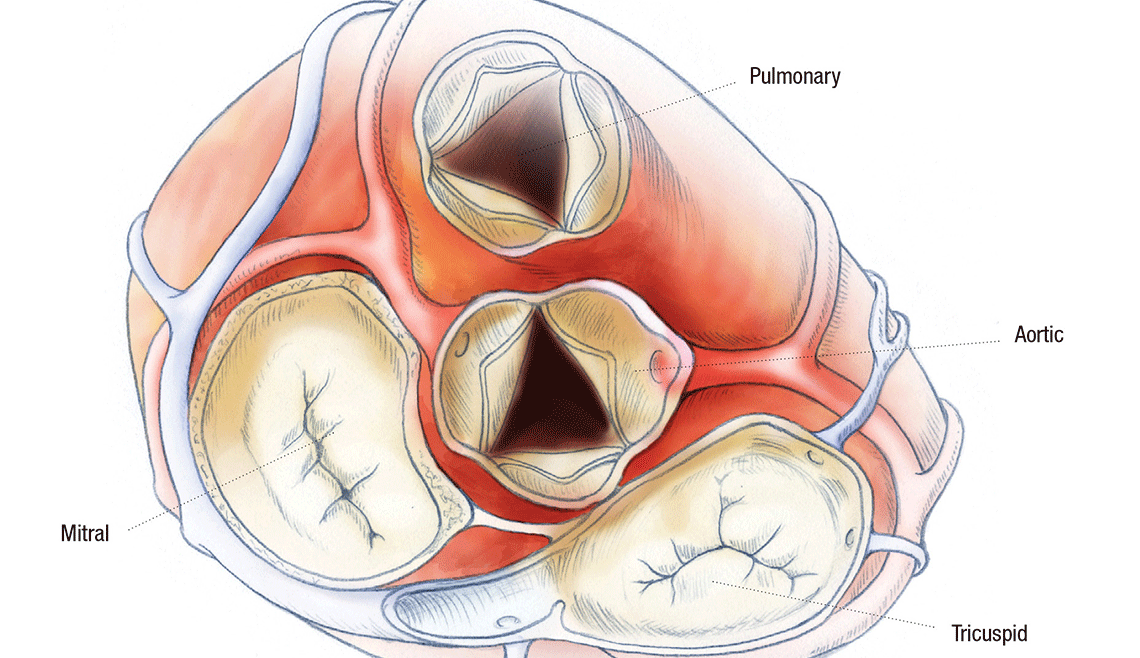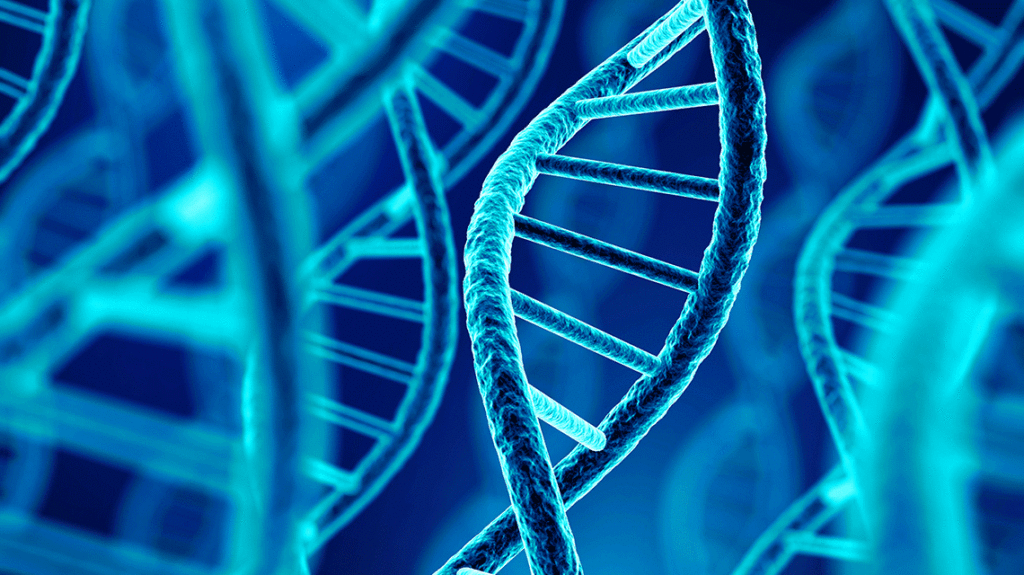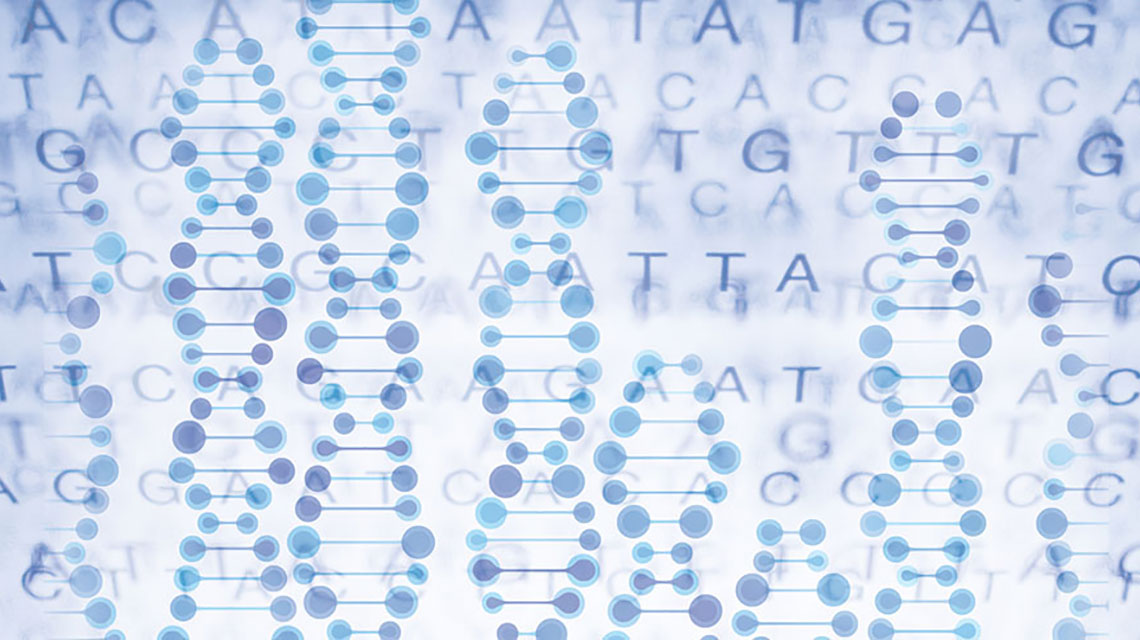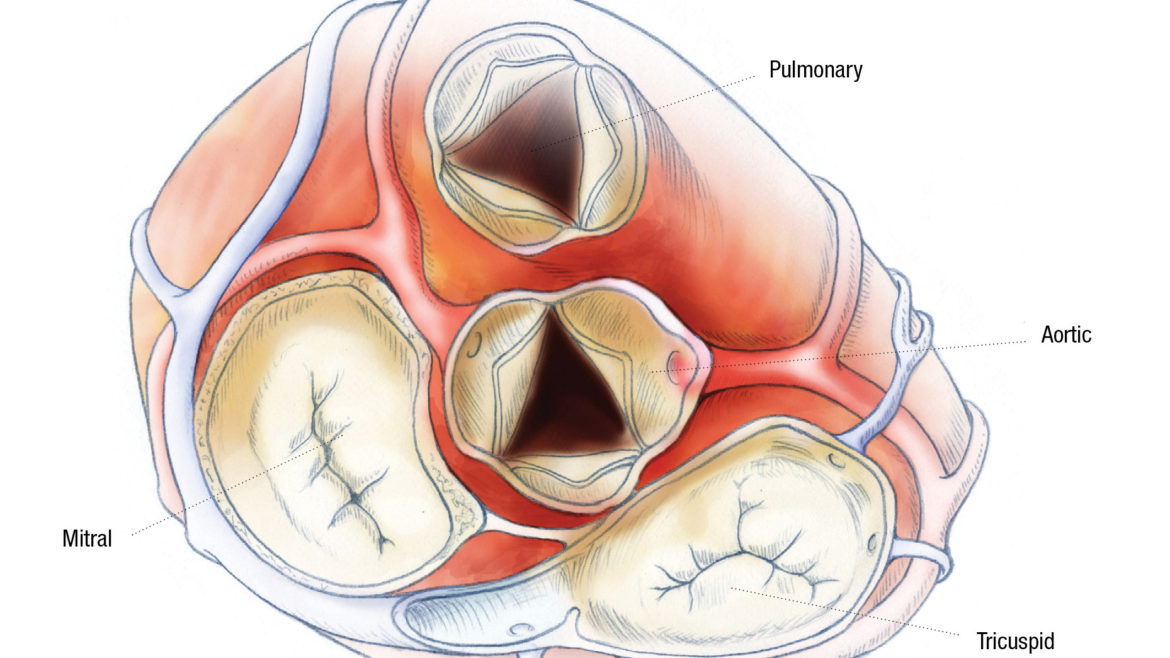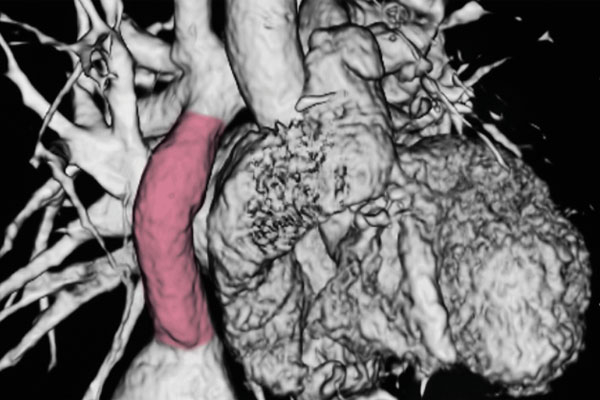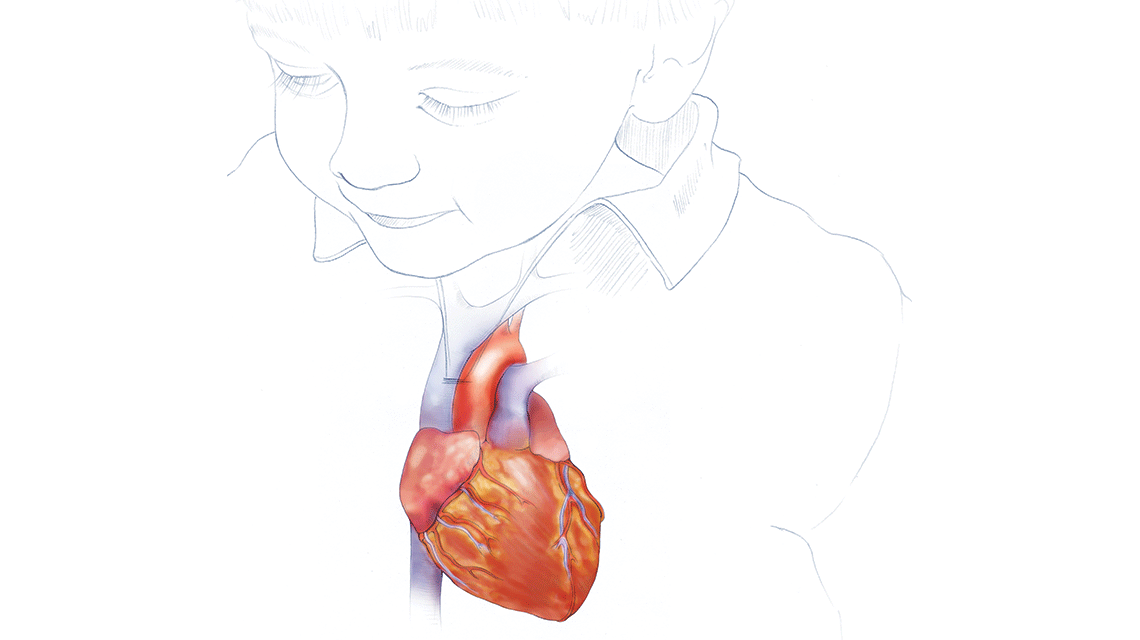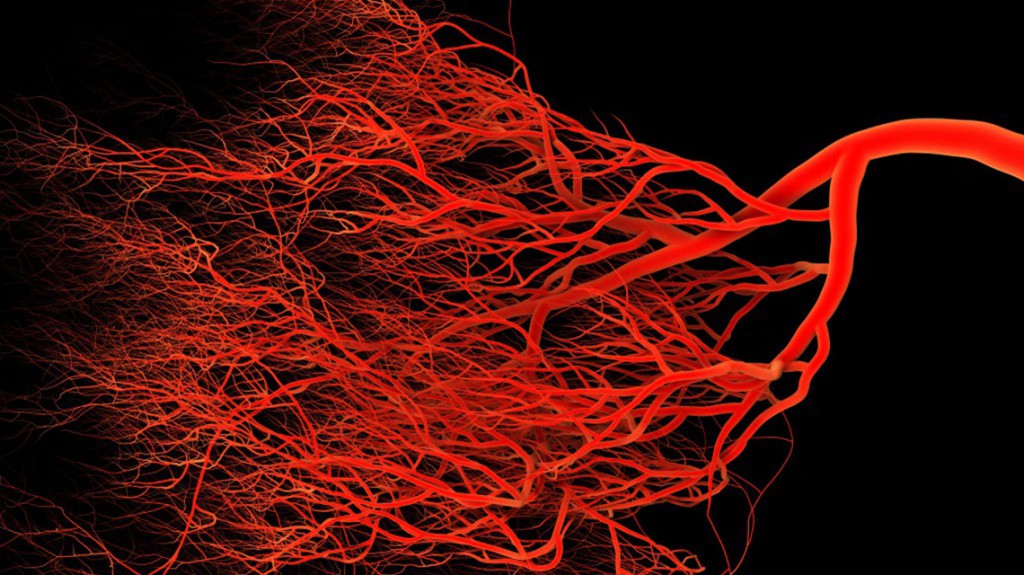Beyond the Wow Factor: Artificial Intelligence in Pediatrics
Beyond the Wow Factor: Artificial Intelligence in Pediatrics https://pediatricsnationwide.org/wp-content/uploads/2023/04/AdobeStock_552748421-1024x576.jpeg 1024 576 Katie Brind'Amour, PhD, MS, CHES https://pediatricsnationwide.org/wp-content/uploads/2021/03/Katie-B-portrait.gifWhat promise do AI and machine learning hold for pediatrics, and how can their potential flourish while still safeguarding children’s health and privacy? Machine learning (ML) and artificial intelligence (AI) have exploded across the worlds of marketing and commerce in recent years. Streaming services track what you watch and suggest other content you may enjoy.…




